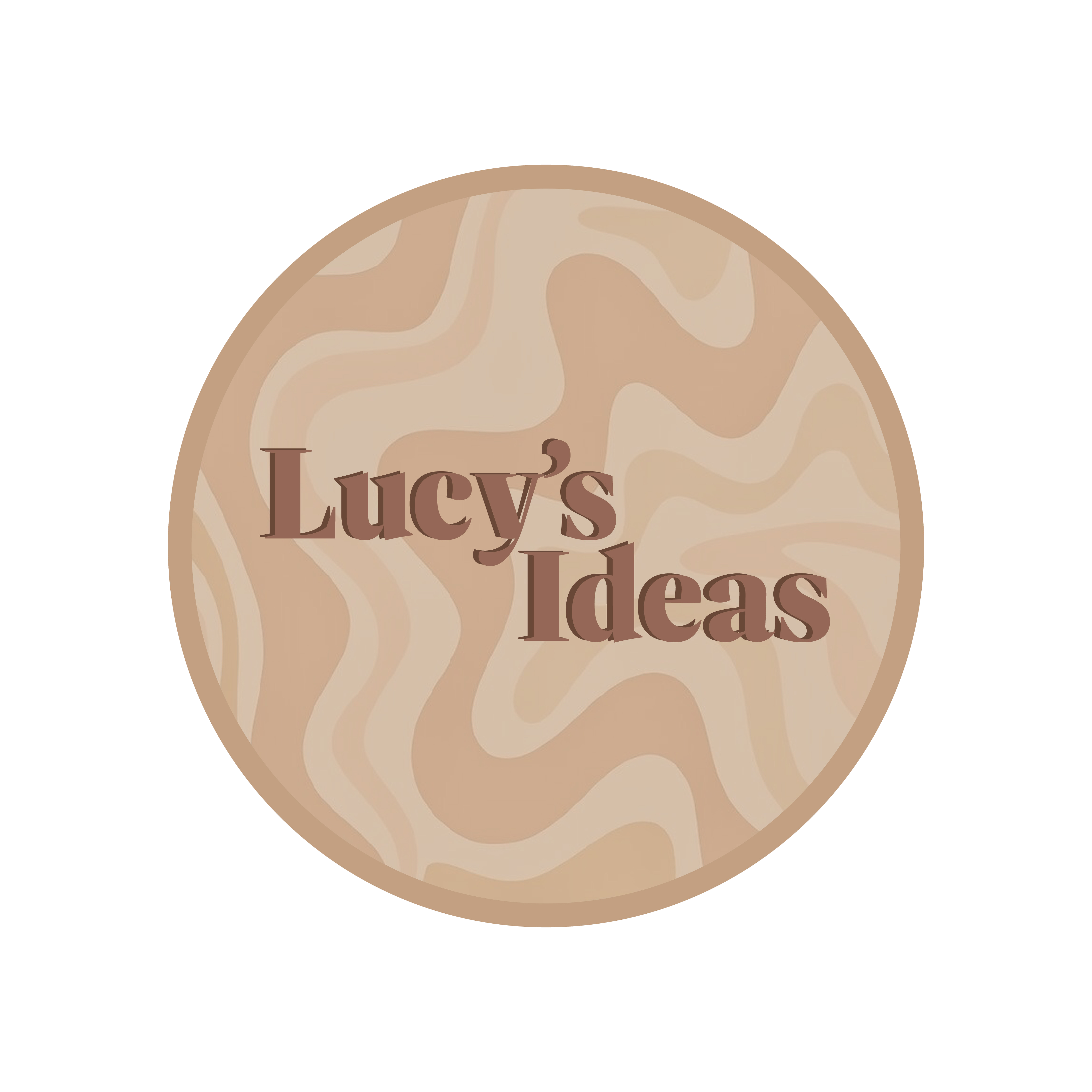Alexander Calder Sculpture Research
Alexander Calder was an American Sculptor who was best known for “inventing wire sculptures and the mobile, a type of kinetic art which relied on careful weighting to achieve balance and suspension in the air.” (tate.org.uk, n.d.). He grew up in the artistic eras of Dadaism and Surrealism which heavily impacted the direction of work. His initial linear sculptures conveyed abstract expressionism and soon shifted to a composition of “pivoting wire lengths counterbalanced with wire fins randomly arranged in space simply by the air moving individual parts.” (theartstory.org, n.d.). This is where the mobile was invented; the aesthetically pleasing movement of which “soaring, outstretched gestures emphasised movement and energy.” (whitney.org, 2023).

When Calder moved to Paris in 1926, he created a travelling circus set made from numerous found materials – such as cloth, leather, and wire – and represented circus performers that he manipulated manually. These two hour long performances are what “introduced the kineticism that would become the defining characteristic of Calder’s work onward.” (whitney.org, 2023). The Arc of Petals is a classic example of the intricate mobiles created by Calder during the movement and what will go on to inspire my future metamorphosis animation. This sculpture succeeds in “integrating natural movement into sculpture by assembling elements that balance themselves naturally by weight, surface area, and length of wire arm.” (theartstory.org, n.d.). I will be using this basic equilibrium of the mobile to focus my planetary conceptual animation on.


Conceptual Idea (metamorphosis) Development
When thinking about the basic of my project using a planetary system, I created a mind-map to explore subjects and links that I could use as my metamorphic transition in my animation. I wanted the links to be obvious throughout the piece so that the purpose of my composition will be clear to the audience. I thought it numerous different ways and thoughts of how the planetary could transform into different models however, there was one clear idea that won me over that would contain a large purpose and audience from. This also allows me to have links from the animations transitions to the shift in models so that everything is tied together in the final piece. I have never researched this topic so it interested me to see what I could create.
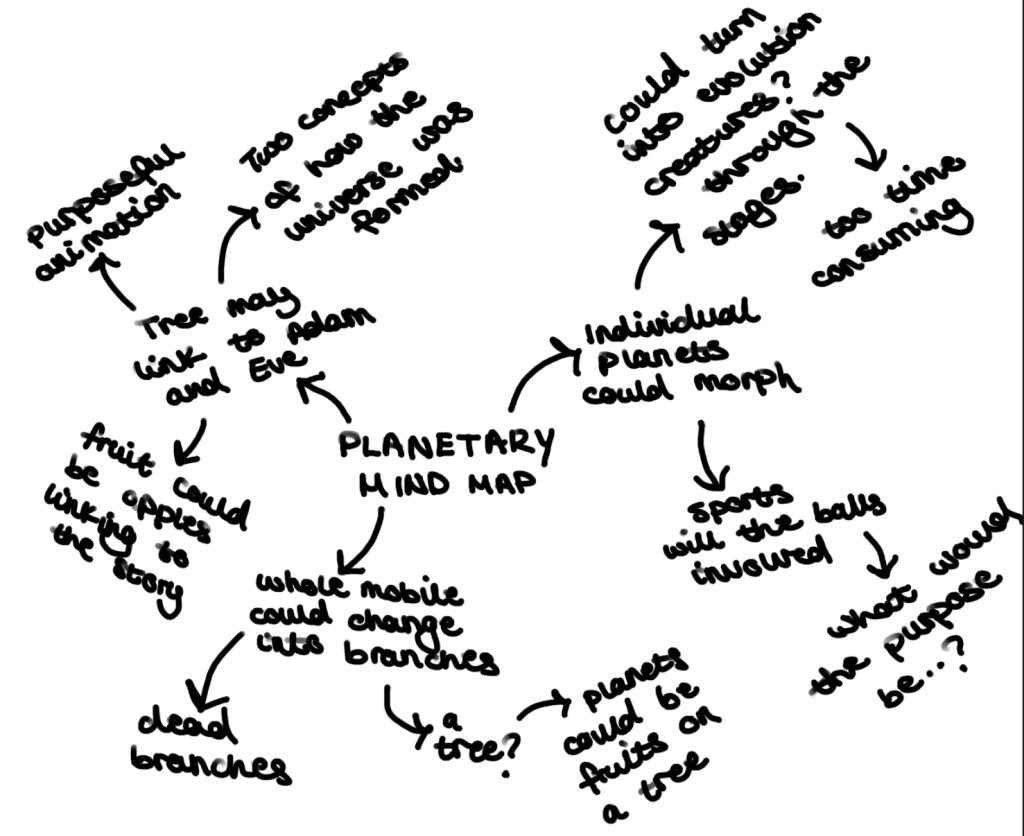
The overall aim of my metamorphic animation is to take the audience on a journey looking at the process of the Big Bang and the belief of how the universe was initially created and conflict that with the separate idea of that humanity was formed from the singularity of Adam and Eve. I will start with a slow animated sequence exploring all of planets from the universe and transform each of these into an apple to morph into the forbidden tree that the couple picked an apple from. The wired arms of the mobile will turn into the branches from the tree and the planets will slowly spin on their axis to turn into the red fruits.

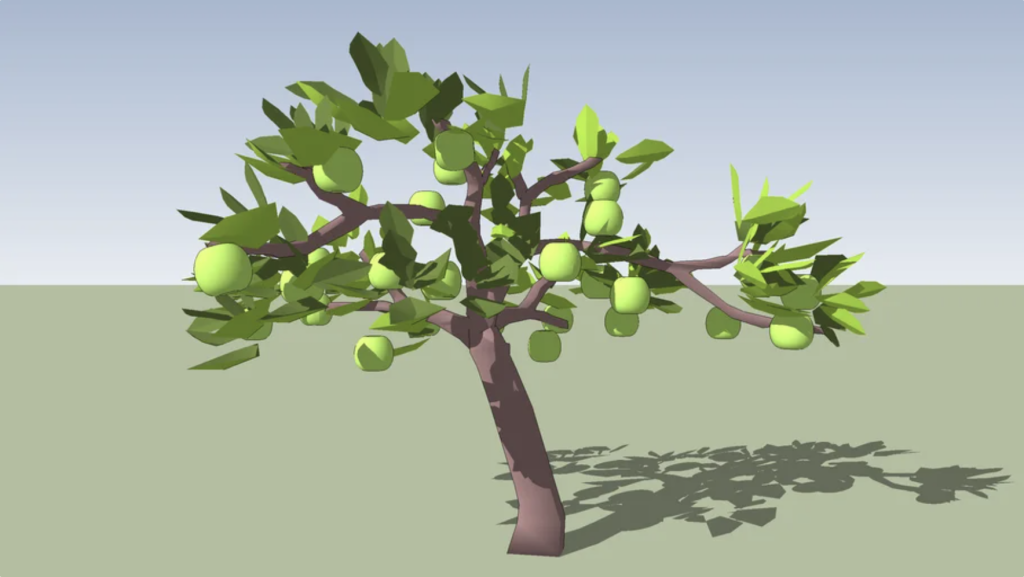
Specified Purpose and Audience
The purpose of Alexander Calder’s work was to “redefine sculptures by introducing into it the element of movement.” (wikiart.org, n.d.). Each of his 3-Dimensional pieces uniquely combined abstract art and cosmic imagery to relate back to the Surrealist era he grew up around. He achieved these thoughts through his kinetic expressionism and using the weight of each material carefully to balance the entire piece. His major contribution, linking back to his initial purpose, was the “modernist redefinition and the invention of two new categories of sculpture, called mobiles and stabiles.” (wikiart.org, n.d.). I suspect that Calder’s audience was unspecific in how he wanted to voice his new movement but initially he staged his Circus performance for only his friends and family. His intended audience will have extended throughout the growth of his work.
Thinking about how I want my animation to be portrayed in the eye of the audience, my main purpose is to conflict both thoughts of how the universe was created from different points of view. This may be aimed at people who don’t have an overall opinion on this matter or a group of people who are interested in both views of the creation. This could also be linked to children who don’t know what the two views are and want to learn about the differences of the beliefs. My final audience will remain broad so that it is available to anyone who wants to learn about the transitions and the purpose is to educate on the two different sides of the creation.

Initial Planning Process
To help with the process of transporting this idea onto Autodesk Maya, I wanted to have an initial sketched plan so I know what steps to follow when creating the 3D version. Having a 2-Dimensional plan will help ease my mind and will allow for a backup when I get stuck at what areas to produce in the software. The first step was to outline the order of each planet and how the wired structure will relate back to the work of Alexander Calder with accurate positioning. This was simple to recreate my combining the mobile image above and a reference image of the order of the current planetary solar system. The next stage was to establish how I wanted my final apple tree to look and how the planets would order and move to the sections on the branches. Both of these final sketches will show me the ease of the animation and help when creating my final storyboard.
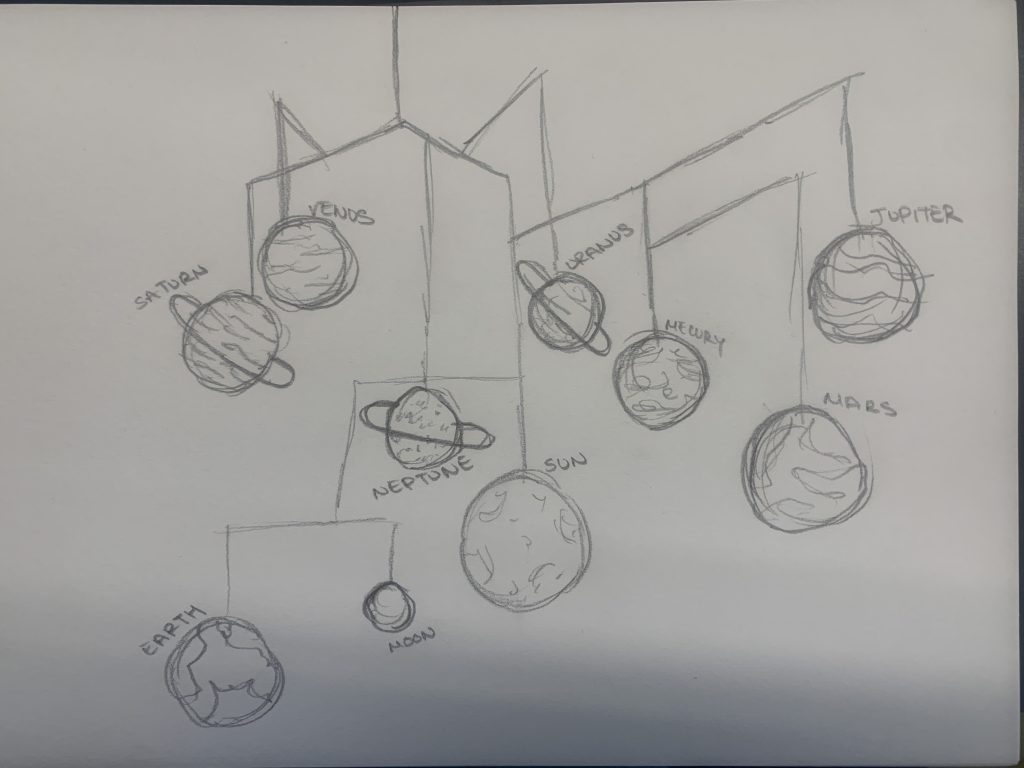
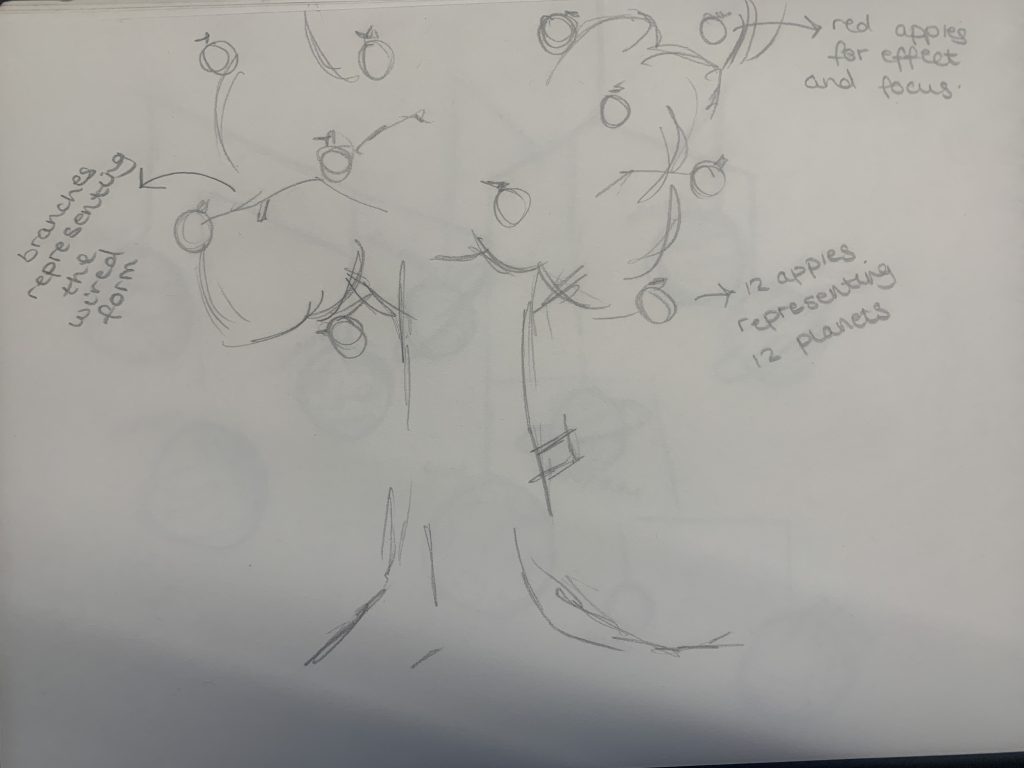
I also have included captures of my secondary design which I have rejected as these heavily influenced how I will produce the animation. It allowed me to see the importance of having a purpose behind my design and this to be linked towards the audience too. I felt very unmotivated when sketching this idea as it had no real intentions behind it.
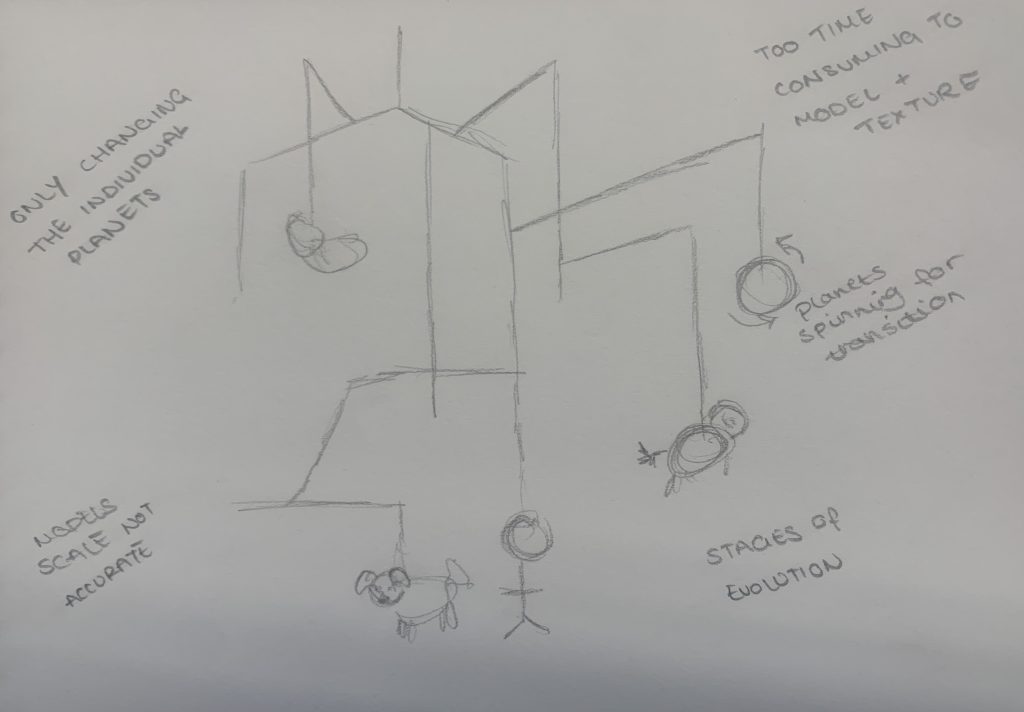
References
A, M., n.d. apple tree. [Online]
Available at: https://3dwarehouse.sketchup.com/model/7d6ecdbd-6d29-4353-b96c-15751b61433a/apple-tree
[Accessed 09 May 2023].
Breding, C., 2017. Maya 2017: Solar System Project Part 3. [Online]
Available at: https://www.youtube.com/watch?v=FTUjyDykK3c
[Accessed 09 May 2023].
dmangus.blogspot.com, 2013. Alexander Calder’s Circus Sculpture. [Online]
Available at: https://dmangus.blogspot.com/2013/08/alexander-calder-circus-sculpture.html
[Accessed 08 May 2023].
tate.org.uk, 2023. Mobile. [Online]
Available at: https://www.tate.org.uk/art/artworks/calder-mobile-l01686
[Accessed 08 May 2023].
tate.org.uk, n.d. Who Is Alexander Calder?. [Online]
Available at: https://www.tate.org.uk/art/artists/alexander-calder-848/who-is-alexander-calder
[Accessed 08 May 2023].
theartstory.org, n.d. Alexander Calder. [Online]
Available at: https://www.theartstory.org/artist/calder-alexander/#:~:text=Calder%20used%20soaring%2C%20outstretched%2C%20arching%20gestures%20to%20emphasize,and%20energy%20in%20both%20his%20mobiles%20and%20stabiles.
[Accessed 08 May 2023].
whitney.org, 2023. Alexander Calder. [Online]
Available at: https://whitney.org/collection/works/5488
[Accessed 08 May 2023].
wikiart.org, n.d. Alexander Calder. [Online]
Available at: https://www.wikiart.org/en/alexander-calder#:~:text=Alexander%20Calder%20redefined%20sculpture%20by%20introducing%20into%20it,principles%2C%20machine%20and%20cosmic%20imagery%20in%20his%20works.
[Accessed 08 May 2023].
xennex, 2012. Arc of Petals. [Online]
Available at: https://www.wikiart.org/en/alexander-calder/arc-of-petals-1941
[Accessed 08 May 2023].
